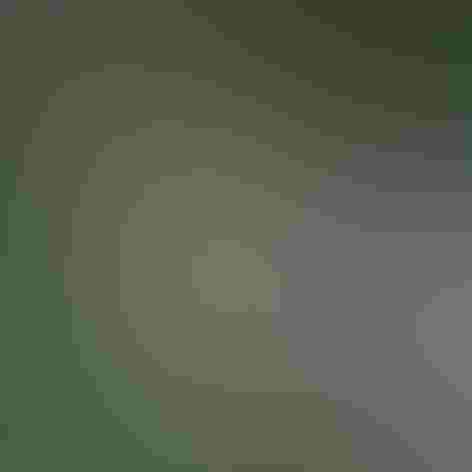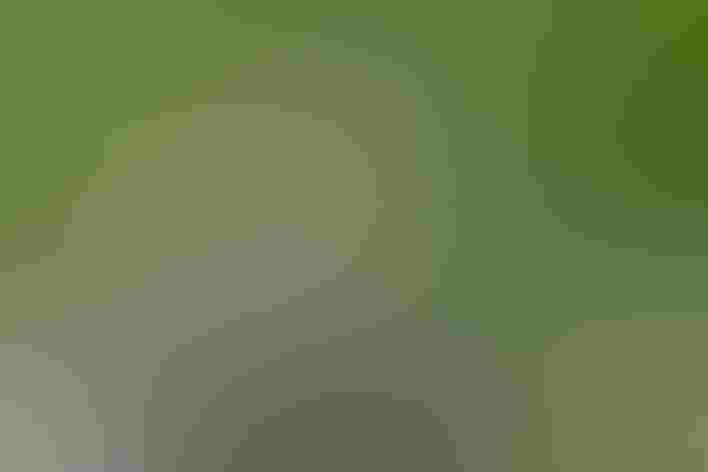Chipping Sparrow
At a Glance
Common over much of the continent is the little Chipping Sparrow. Originally a bird of open pine woods and edges, it has adapted well to altered landscapes. It now nests in gardens and parks in many areas, its tame behavior making it well-known and popular. Evidently it was even more common in towns in the 19th century; but then the House Sparrow, introduced from Europe, took over its place as our number one city 'sparrow.'
All bird guide text and rangemaps adapted from by Kenn Kaufman© 1996, used by permission of Houghton Mifflin Harcourt Publishing Company. All rights reserved.
Category
New World Sparrows, Perching Birds
IUCN Status
Least Concern
Habitat
Desert and Arid Habitats, Fields, Meadows, and Grasslands, Forests and Woodlands, High Mountains, Shrublands, Savannas, and Thickets, Urban and Suburban Habitats
Region
Alaska and The North, California, Eastern Canada, Florida, Great Lakes, Mid Atlantic, New England, Northwest, Plains, Rocky Mountains, Southeast, Southwest, Texas, Western Canada
Behavior
Direct Flight, Undulating
Population
240.000.000
Range & Identification
Migration & Range Maps
Often migrates in flocks. Migration is spread over a long period in both spring and fall.
Description
5-5 1/2" (13-14 cm). In summer, has chestnut cap, white eyebrow, black eyeline. Less contrast in winter; chestnut partly obscured. Juvenile streaky at first, retains some streaks into fall. Dull fall birds can suggest Clay-Colored Sparrow and Brewer's Sparrow, but have rump gray, not brown.
Size
About the size of a Sparrow
Color
Black, Brown, Gray, Red, White
Wing Shape
Broad
Tail Shape
Notched, Rounded, Square-tipped
Songs and Calls
Thin musical trill, all on 1 note like the whir of a sewing machine.
Call Pattern
Flat
Call Type
Chirp/Chip, Trill
Habitat
Open woods, conifers, orchards, farms, towns. Original breeding habitat probably was mainly open pine woods, coniferous forest edges, savanna with scattered conifers. Still breeds in such areas but now also very common in suburbs, city parks, orchards, pastures, other altered habitats. Winters in open woods, thickets, farmland, brush.
Sign up for ÃÛèÖAPP's newsletter to learn more about birds like the Chipping Sparrow
Behavior
Eggs
3-4, rarely 2-5. Pale blue-green, with markings of brown, purple, and black mostly at larger end. Incubation is by female, about 11-14 days; male may feed female during incubation.
Young
Both parents feed the nestlings. Young leave the nest about 8-12 days after hatching. 2 broods per year.
Feeding Behavior
Forages mostly on the ground, but also up in shrubs and low trees. Occasionally makes short flights to catch insects in mid-air. Except when nesting, usually forages in flocks.
Diet
Mostly insects and seeds. Diet varies with season. In summer, feeds mostly on insects, including grasshoppers, caterpillars, beetles, leafhoppers, true bugs, and many others, plus some spiders. Also eats many seeds, especially in fall and winter, including those of grasses, weeds, some waste grain.
Nesting
A few males have more than one mate. Nest site varies. Usually in a conifer, but can be in a deciduous tree or sometimes on the ground; usually lower than 15' above the ground, but can be up to 60' or even higher. Nest (built by female) is a compact open cup made of grass, weeds, rootlets, lined with fine grass and animal hair. At one time, when Americans were more rural, the Chipping Sparrow was well known for using horsehair in its nest lining.
Conservation
Conservation Status
Common and widespread, numbers probably stable. Nests often parasitized by Brown-headed Cowbird.
Climate Threats Facing the Chipping Sparrow
Choose a temperature scenario below to see which threats will affect this species as warming increases. The same ÃÛèÖAPP change-driven threats that put birds at risk will affect other wildlife and people, too.









